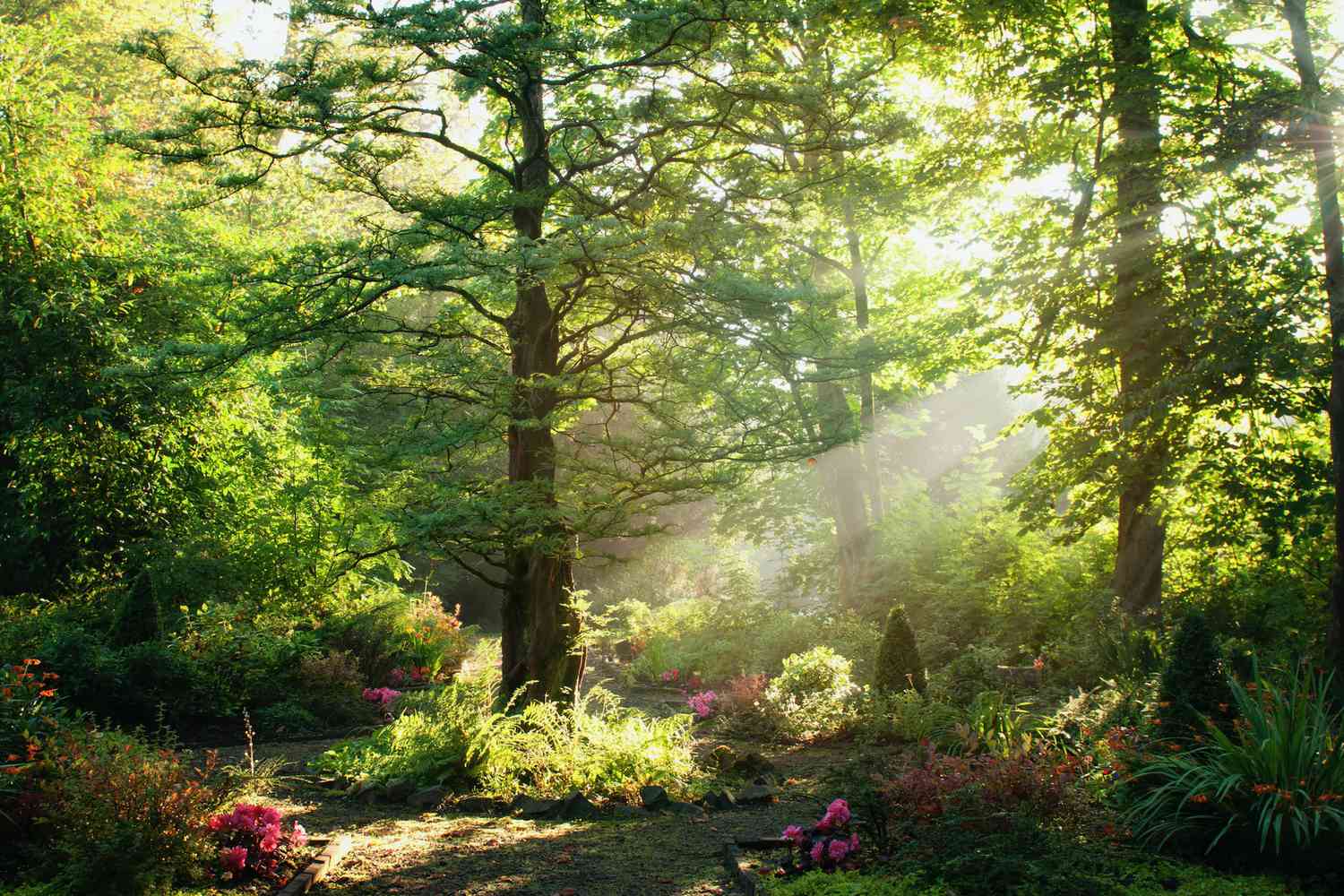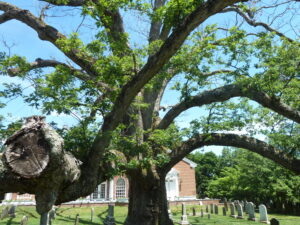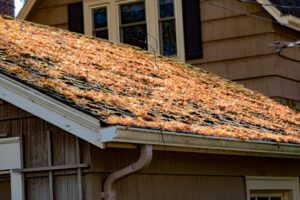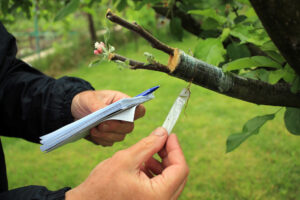Wildfires leave a lasting imprint on landscapes, ecosystems, and even the trees that survive their flames. One of the most fascinating ways scientists study the impact of wildfires is through the analysis of tree growth rings, also known as dendrochronology. These rings act as natural archives, revealing the history of environmental changes, fire events, and recovery processes. According to Dr. Valerie Trouet, a dendrochronologist at the University of Arizona, “Tree rings offer an unparalleled record of how forests respond to stressors like wildfire, providing insights that are invaluable for managing fire-prone landscapes.”
The Science of Tree Growth Rings
Tree rings form as a result of annual growth cycles. Each ring consists of two parts:
- Earlywood: Formed in the spring, it is lighter and less dense due to rapid growth.
- Latewood: Formed in late summer or fall, it is darker and denser as growth slows.
The thickness and characteristics of these rings reflect a tree’s growing conditions during a specific year. Factors like temperature, rainfall, and disturbances such as wildfires influence ring formation, making them a valuable tool for studying environmental history.
How Wildfires Affect Tree Rings
Wildfires can leave distinct marks on tree rings, providing a detailed record of their occurrence and impact:
1. Fire Scars
One of the most obvious effects of wildfires on tree rings is the presence of fire scars. These appear as dark, charred marks within the rings and are often accompanied by deformed or incomplete growth for the year. Fire scars allow scientists to:
- Determine the frequency of wildfires in a given area.
- Identify the intensity and seasonality of past fires.
2. Growth Suppression
Wildfires can temporarily stunt tree growth due to damage to the canopy, roots, or soil nutrients. This suppression appears as narrow rings in the years following a fire event, indicating reduced photosynthesis and resource availability.
3. Post-Fire Recovery
In some cases, trees exhibit growth spurts after a fire, particularly if the fire reduces competition for sunlight and nutrients. This recovery is visible as wider rings in subsequent years, illustrating the tree’s resilience and the forest’s regeneration process.
4. Chemical Changes
Wildfires can also alter the chemical composition of tree rings. Increased levels of carbon isotopes and other elements may be detected in rings formed during fire years, providing clues about the fire’s intensity and the tree’s stress response.
Lessons from Burned Forests
Understanding Fire Regimes
Tree ring analysis helps scientists reconstruct fire regimes, which describe the patterns, frequency, and intensity of wildfires over time. For example, research in California’s Sierra Nevada has revealed that low-intensity fires occurred regularly before fire suppression policies were implemented, maintaining healthy, open forests.
Resilience and Adaptation
Studies of tree rings have shown that certain species, such as Ponderosa pine and Douglas fir, are more fire-resilient than others. Their thick bark and deep roots enable them to survive moderate fires, while their ability to recover quickly is evident in their post-fire growth rings.
Impact of Modern Wildfires
Modern wildfires, fueled by climate change and decades of fire suppression, are often more intense and destructive than historical fires. Tree ring data from recent decades reveals extended periods of growth suppression and increased mortality in forests subjected to these severe events.
Tree Rings as a Tool for Future Forest Management
Informing Reforestation Efforts
By analyzing tree rings, foresters can identify species best suited to specific fire regimes and climates. This knowledge can guide reforestation efforts in fire-affected areas, ensuring the selection of trees that can withstand future wildfires.
Predicting Fire Risks
Tree rings provide a historical baseline for understanding how forests have responded to past fire events. This information can help predict how current and future forests might react under similar conditions, enabling better fire risk management.
Climate Change Insights
Tree rings not only record wildfire impacts but also provide data on long-term climate trends. This dual perspective allows scientists to study how changing climates influence fire behavior and forest resilience.
Challenges and Limitations of Dendrochronology
While tree rings offer invaluable insights, there are limitations to consider:
- Species Variability: Not all tree species record fire events equally. For instance, hardwoods may not exhibit clear fire scars.
- Environmental Noise: Other stressors, such as drought or pests, can complicate the interpretation of tree rings.
- Limited Temporal Scope: The age of a tree determines how far back its rings can provide data, which may limit long-term analyses.
The Future of Tree Ring Research
Advances in technology are enhancing the field of dendrochronology. Techniques such as isotope analysis and high-resolution imaging allow scientists to extract even more detailed information from tree rings. Additionally, integrating tree ring data with satellite imagery and climate models offers a comprehensive view of forest dynamics.
Dr. Valerie Trouet emphasizes, “By studying tree rings, we not only uncover the history of past wildfires but also gain the tools to shape a more fire-resilient future.”
Conclusion: A Window into Forest Resilience
Tree rings are more than just natural records of time; they are powerful tools for understanding how forests respond to wildfires. From revealing fire histories to guiding future management strategies, these rings provide critical insights into the resilience and vulnerability of our ecosystems. As wildfires continue to reshape landscapes across the U.S., leveraging dendrochronology will be essential in building a sustainable and fire-resilient future.
References:
- Trouet, Valerie. (University of Arizona). Dendrochronology and Fire Histories.
- USDA Forest Service. Using Tree Rings to Study Wildfire Impacts.
- National Interagency Fire Center. Fire Ecology and Forest Resilience.




